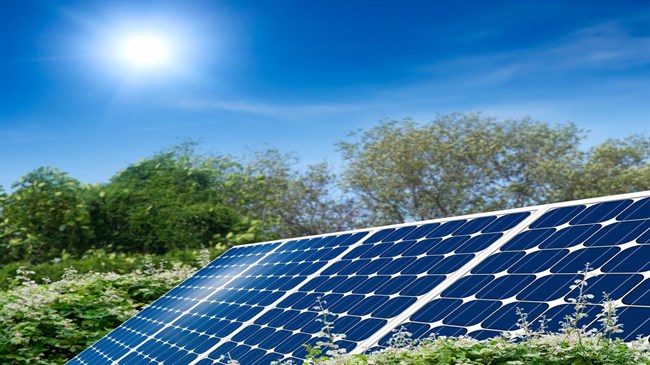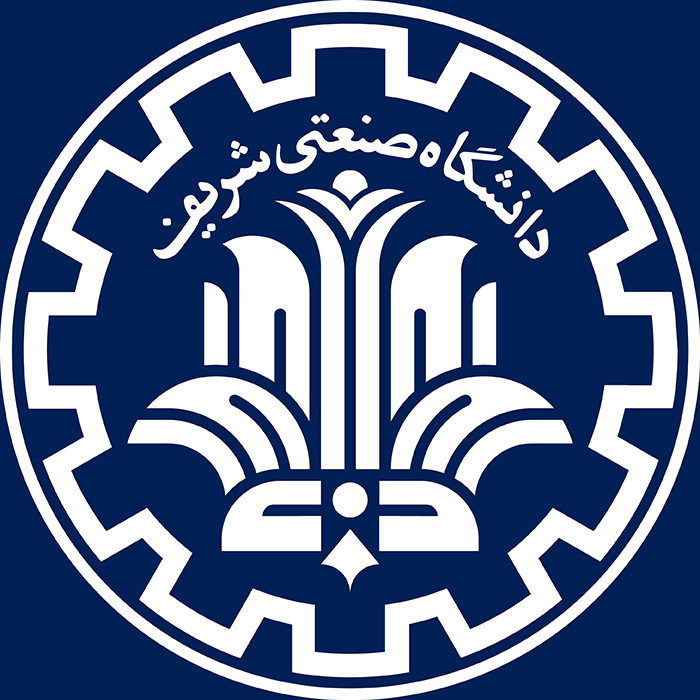Research team of Sharif University of Technology in contribution with the chemical engineers from the lab of Anders Hagfeldt at EPFL have published a paper in Nature Communications entitled “Origin of apparent light-enhanced and negative capacitance in perovskite solar cells”.
In this work it’s been found that the large perovskite capacitances are not classical capacitances in the sense of charge storage, but just appear as capacitances because of the cells’ slow response time. This is shown by measurements in the time domain and with different voltage scan rates. The origin of the apparent capacitance is found to be a slow modification of the current passing the contact of the solar cells, which is regulated by a slow accumulation of mobile ionic charge. A slowly increasing current appears like a negative capacitance in the impedance spectra.
The work sheds light onto the interaction between the photovoltaic effect in these devices and the ionic conductivity of perovskite materials. Gaining such in-depth understanding contributes to the endeavor to tailored, stable perovskite solar cells.
The article is authored by Nima Taghavinia, professor at the Physics Department and the Institute for Nanoscience and Nanotechnology (INST) and research director at Nanoparticles and Coating Lab (NCL), Raheleh Mohammadpour, associate professor, and Firuze Ebadi, PhD student at INST in collaboration with Wolfgang Tress and Anders Hagfeldt from Hagfeldt’s lab in EFPL.
The work is funded by Ministry of Science, Research, and Technology of Iran, Iranian Nano Technology Initiative Council and Swiss National Science Foundation (Ambizione Energy grant).
The research in NCL is targeted towards printed solar cells and technologies are developed for ink fabrication of solar cell. The main research areas of the lab are Solution Processed CIGS and CZTS Solar Cells and Perovskite Solar Cells. To find out more about NCL please visit http://ncl.sharif.edu
To access the article you might visit https://www.nature.com/articles/s41467-019-09079-z
References
Firouzeh Ebadi, Nima Taghavinia, Raheleh Mohammadpour, Anders Hagfeldt, Wolfgang Tress. Origin of apparent light-enhanced and negative capacitance in perovskite solar cells. Nature Communications 05 April 2019. DOI: 10.1038/s41467-019-09079-z

